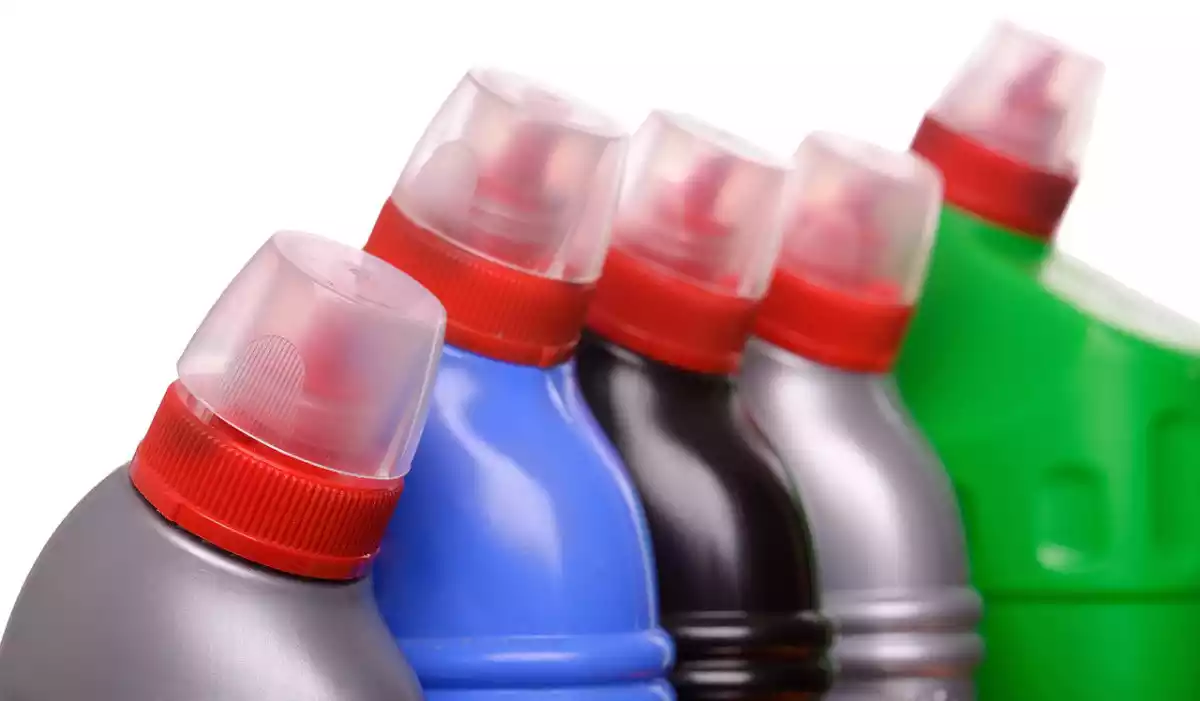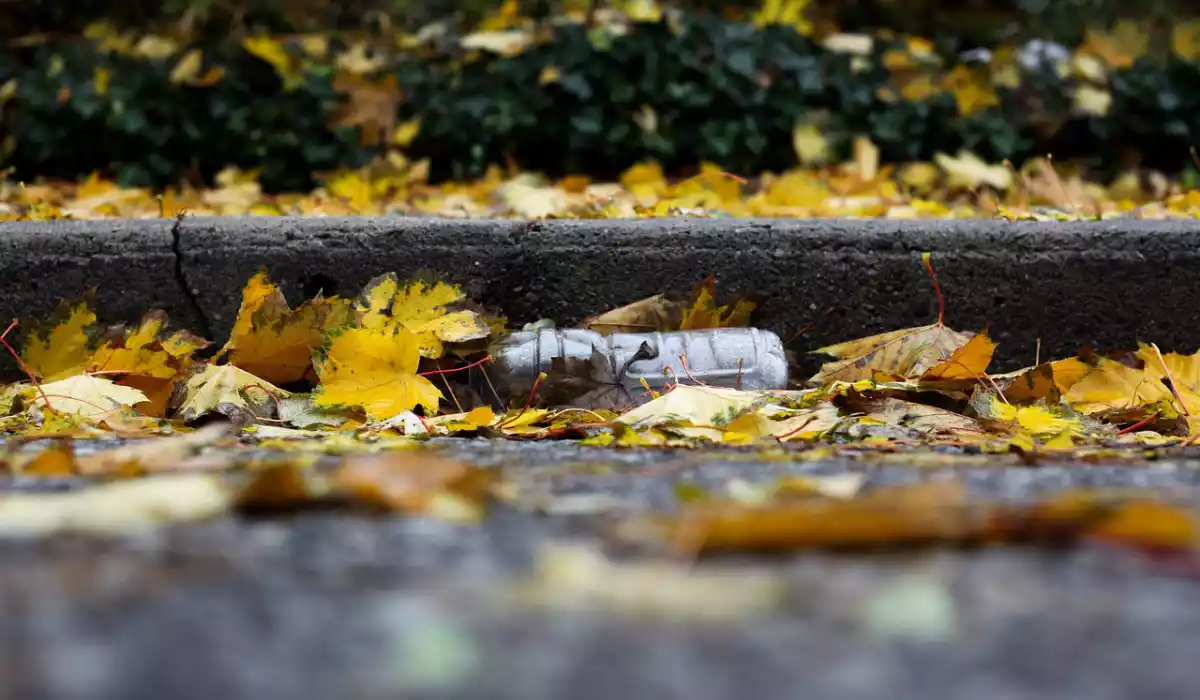Plastics have revolutionized our everyday life, but the problems associated with them, such as segregation, chemical purity or recycling, present us with numerous challenges. The cooperation of scientists, producers and consumers will be crucial in solving these problems in order to reduce the negative impact of plastics on the environment.
One of the biggest challenges in recycling is proper separation and preparation of waste for further treatment. In the case of plastics, this is particularly difficult due to the diversity of their chemical composition and physical properties. In addition, distinguishing products by the type of material used is problematic for both average people and plastics specialists.
Each plastic is a combination of many polymers based on various chemical compounds and additives, such as dyes, fibers or other polymers. When a load of plastic waste arrives at a sorting plant, sorting it by type is very complicated. Currently, infrared technology (NIR) or density tests (swimming/drowning in water) are used for sorting, but they are not 100% accurate. For plastic to be recycled, it must be at least 96% pure in terms of polymer type.
Researchers at Aarhus University, working with Vestforbrænding, Dansk Affaldsminimering Aps and PLASTIX, have developed a new imaging technology that can distinguish between 12 different types of plastic. This technology uses a hyperspectral infrared camera and machine learning to analyze and categorize the type of material already on the conveyor belt in the sorting plant. In this way, different types of plastics can be separated, identifying the most common materials used in everyday products.
Unfortunately, even the best recycling technologies have their limitations. Researchers from Brunel University London have found that drinks bottled in recycled plastic bottles can contain up to 150 different chemicals, 18 of which were found in concentrations exceeding legal limits. This suggests that problems with the recycling process could lead to contamination of some bottled beverages. So-called food contact substances (FCCs) are commonly found in food and beverage packaging, and most are considered perfectly safe at low concentrations. Unfortunately, research by British scientists has shown that drinks bottled in recycled polyethylene terephthalate (PET) bottles may contain higher concentrations of FCC than drinks bottled in “virgin” PET.
The researchers point to several factors that can cause the FCC to be present in bottled beverages, including the production of empty bottles, but also the conditions under which bottles are filled, stored, distributed and displayed on shelves, such as when exposed to high levels of sunlight or humidity. To reduce the amount of chemicals found in bottled beverages, the study suggests the use of so-called “super-cleaning”, which consists in a three-stage process of cleaning old plastics before recycling – high-temperature washing, gas washing and chemical washing.
The report, published in the Journal of Hazardous Materials, also points out that recyclers need to improve the way they collect, sort and recycle PET bottles, and that bottle manufacturers should prioritize designing for recycling to improve the quality of recycled products. However, the ultimate solution is to stop using PET.
Photo: www.pixabay.com (Creative Commons Zero (CC0) license – “CC0 Content”)


